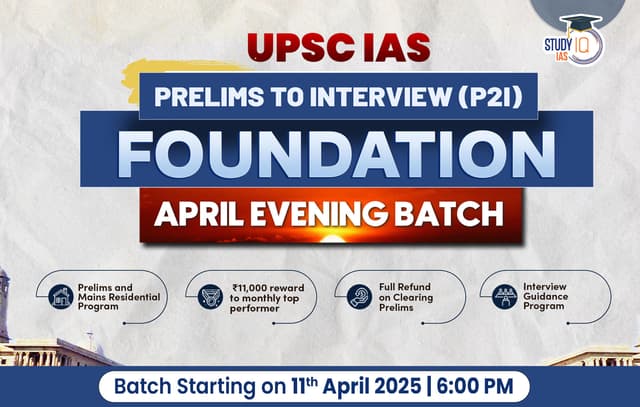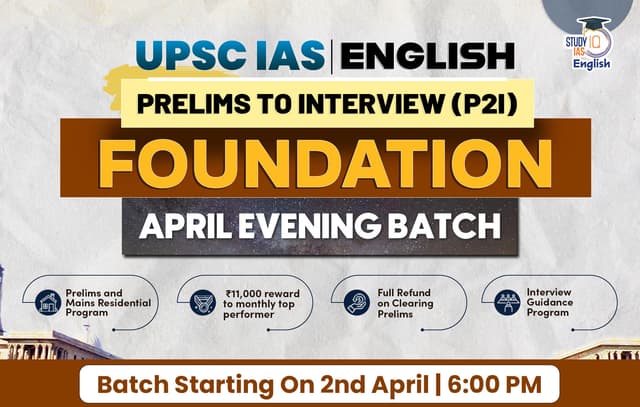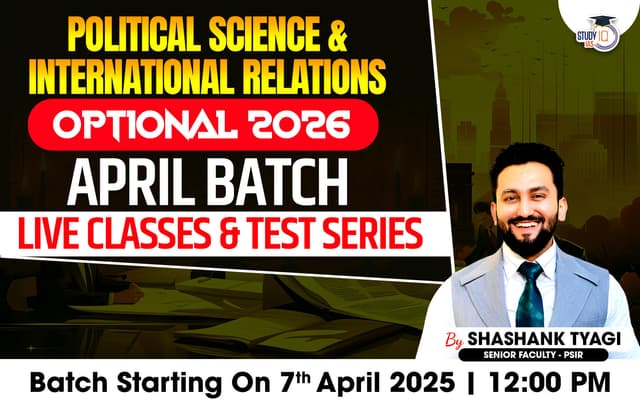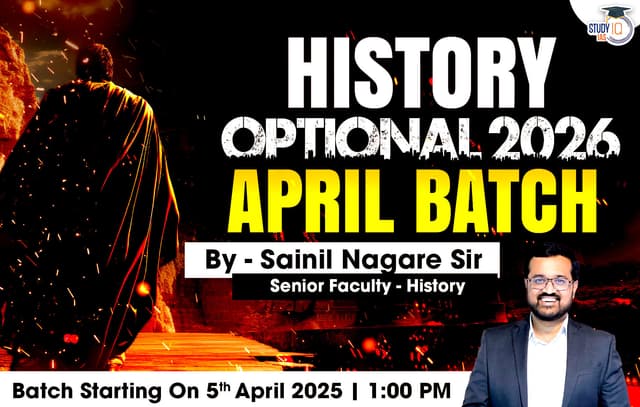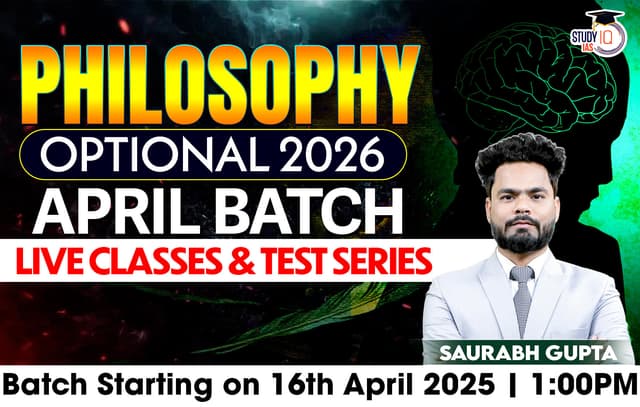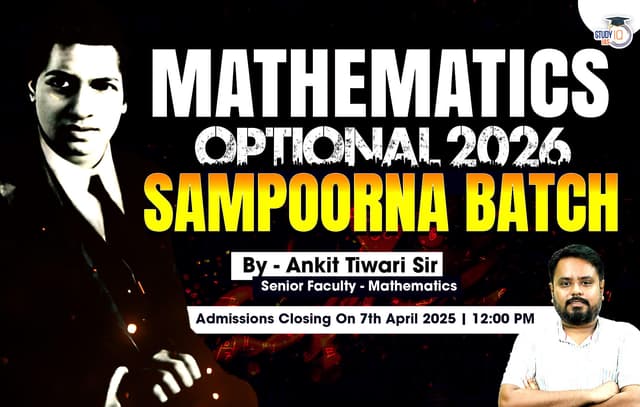Current Affairs 12th May 2023 for UPSC Prelims Exam
Cham Dance
Context: In the Lahaul region of Himachal Pradesh, a Cham Lama performance was held at Tupchiling Gompa on the auspicious day of Buddha Jayanti.
About Cham Dance
- Origin: The Yogachara School of Buddhism was founded in Kashmir in the 4th century by Asanga and Vasubandhu. This developed into the sophisticated Vajrayana form of Buddhism, which incorporated the Cham dance.
- From Ladakh to Mongolia, the Cham is the deepest form of meditation of the Lamas.
- The purpose of this meditation is for the Lama (priest) to be able to free himself entirely from his own ephemeral personality.
- It was started in the eighth century by Padmasambhava (who introduced Tantric Buddhism to Tibet), to subjugate the local demons that were obstructing the building of the first monastery in Tibet, Samye.
- It is an elaborate masked and costumed dance. It is considered an act of cleansing evil forces.
- It is unique to Tibetan Buddhism and an important cultural tradition.
Types of Cham Dance
- Kagyed Chaam: One of the most popular chaams of Sikkim, it attracts a lot of tourists too. It symbolises the victory of good over evil leading to peace and prosperity. Also known as the Black Hat dance, performances include dramatization of stories from Buddhist mythologies.
- Pangtoed Chaam: This is performed during the Pang Lhabsol festival, organised in honour of the Sikkim’s guardian deity Mt Kanchendzonga. Often seen as a warrior dance, it is said that the third Chogyal (ruler) of Sikkim, Chagdor Namgyal introduced this dance form.
- Sangey Chaam: Observed as an annual event by the monasteries in Sikkim, the dance performance of the Sangey Chaam takes place on the last day of the festival. The performers wear traditional Sikkimese dress. Some allow onlookers to join too.
- Singhi Chham: According to Sikkim’s religious history, Guru Padmasambhava (Guru Rinpoche) designated Mt Kanchendzonga as the guardian deity of the state. While the main range is known as the Five Treasures, the associated peaks are said to symbolise the fierce snow lion (‘singhi’). As one who brings good luck, the lion is highly revered by the people. The Singhi Chaam is an enactment of the good luck that the animal brings to the people.
- Yak Chham: Yak Cham dance is performed to worship the god of livestock. The dancers acknowledge the important role of Yaks in their life by performing this folk dance.

Current Affairs 11th May 2023 for UPSC Prelims Exam
National Human Rights Commission (NHRC)
Context: Recently, National Human Rights Commission (NHRC) took suo motu cognisance of media reports about absence of an Internal Complaints Committee (ICC) in the Wrestling Federation of India (WFI), mandated by the Prevention of Sexual Harassment (PoSH) Act, 2013.
About National Human Rights Commission
- National Human Rights Commission of India (NHRC), is a statutory body established in 1993, under the provisions of The Protection of Human Rights Act, 1993
- It is responsible for the protection and promotion of “rights relating to life, liberty, equality and dignity of the individual guaranteed by the Constitution or embodied in the International Covenants”.
- Key Members: It is a multi-member body consisting of a chairperson, five full-time Members and seven deemed Members.
- A person who has been the Chief Justice of India or a judge of the Supreme Court can become a chairman.
- Term and removal: They hold office for a term of three years or until they attain the age of 70 years, whichever is earlier.
- The President can remove them from the office under specific circumstances.
- Divisions: Commission also has five Specialized Divisions i.e. Law Division, Investigation Division, Policy Research & Programmes Division, Training Division and Administration Division.
Role of National Human Rights Commission:
- Investigation: Investigating complaints or failure of any public official regarding the rights violation, either suo moto or after receiving a petition.
- Prevention and Safeguard: Monitoring the living conditions of the inmates in prisons and to make recommendations thereon. Reviewing statutory safeguards or treaties for the protection of human rights.
- Research and promotion: Promoting research and encouraging NGOs in the field of human rights. While making an inquiry into the complaints, the commission enjoys the powers of a civil court.
- It also studies treaties and other international instruments on human rights and make recommendations for their effective implementation.
- Intervention: It intervenes in any proceeding involving any allegation of violation of human rights pending before a court with the approval of such court.

Sahel Region
Context: The ongoing fighting in Sudan is forcing thousands to flee and creating a dangerous security situation in the Sahel region.
About Sahel Region
- Sahel is the vast semi-arid region of Africa separating the Sahara Desert to the north and tropical savannas to the south.
- The name is derived from the Arabic term for “coast, shore”; this is explained as being used in a figurative sense in reference to the southern edge of the vast Sahara.
- Countries: The political region of the Sahel, as defined by the United Nations strategy (UNISS), covers 10 countries: Senegal, Gambia, Mauritania, Guinea, Mali, Burkina Faso, Niger, Chad, Cameroon and Nigeria.
- It extends from the Atlantic Ocean the west to the Red Sea in the east.
- Vegetation type: It is a transitional ecoregion of semi-arid grasslands, savannas, steppes, and thorn shrublands.
- Residents: The residents of the region are semi-nomads, farmers and livestock raisers who practice a system of transhumance.
- Climate: The Sahel has a tropical semi-arid climate (Köppen climate classification BSh). It is typically hot, sunny, dry and windy.
- Challenges: Although it has abundant human and natural resources, offering tremendous potential for rapid growth, there are deep-rooted challenges—environmental, political and security— that may affect the prosperity and peace of the Sahel.

Coal Mines (Nationalisation) Act, 1973
Context: Recently, Competition Commission of India (CCI) said in the Supreme Court that Coal Mines (Nationalisation) Act, 1973, does not relate to trade and commerce of coal, and thus does not protect Coal India Ltd (CIL) from the competition laws.
- Section 54 of the Competition Act, 2002, provides for exemptions and the government has exercised its power in two cases, but has not exempted Coal India from application of the competition law
About Coal Mines (Nationalisation) Act, 1973
- It was enacted by the Indian Parliament, providing for the acquisition and transfer of the right, title and interest of the owners in respect of coal mines specified in the Schedule.
- Objective: To ensure the rational, coordinated and scientific development and utilisation of coal resources consistent with the growing requirements of the country.
- Under the Act, coal mining is exclusively reserved for the public sector.
- 1976 Amendment to the Act: Two exceptions to this policy were introduced, viz.
- captive mining by private companies engaged in the production of iron and steel;
- sub-lease for coal mining to private parties in isolated small pockets not amenable to economic development and not requiring rail transport;
- 1993 Amendment to the Act: It allows private sector participation in captive coal mining for generation of power, for washing of coal obtained from a mine or for other end uses to be notified by Government from time to time in addition to the existing provision for the production of iron and steel.
About Competition Commission of India (CCI)
- It is a statutory body of the Government of India responsible for enforcing the Competition Act, 2002, and was duly constituted in March 2009.
- It consists of one Chairperson and six Members who shall be appointed by the Central Government.
- The commission is a quasi-judicial body which gives opinions to statutory authorities and also deals with other cases.
Disqualification Powers of the Speaker
Context: Delivering its verdict on the Maharashtra crisis, the Supreme Court said that the Speaker must decide on the disqualification petitions within a reasonable period.
About the disqualification powers:
- Under the Tenth Schedule of the constitution, the speaker of the House has been given powers to disqualify members on the basis of ‘defection’.
- However, the decision of the speaker is subject to judicial review.
- Conditions to determine defection under Tenth schedule:
- If an elected member voluntarily gives up the membership of his political party.
- If the elected member votes or abstains from voting, contrary to any direction issued by his political party.
- If any independently elected member of the House joins any political party.
- If any nominated member of the House joins any political party after the expiry of six months.
- Exception to anti-defection law:
- As per the 1985 Anti-defection Act, a ‘split’ by one-third of the elected members of a political party was considered a ‘merger’.
- However, the 91st Constitutional Amendment Act, 2003, changed this and now requires the support of at least two-thirds of the members of a party to escape anti-defection law.
- As per the 1985 Anti-defection Act, a ‘split’ by one-third of the elected members of a political party was considered a ‘merger’.
- Drawbacks in the law:
- The law does not provide a timeframe within which the presiding officer has to decide a defection case.
Tenth Schedule of the Constitution:
- Also known as anti-defection law, tenth schedule in the constitution was added by the 52nd Constitutional Amendment in 1985.
- The schedule contains provisions related to disqualification of members of Parliament (MPs) and State Legislatures on grounds of defection.
President’s Rule
Context: A prominent political party has demanded the immediate imposition of President’s Rule in Manipur to help restore peace and normalcy in the state.
About President’s Rule in a State
- President’s Rule implies the suspension of a state government and the imposition of direct rule of the Centre. It is also known as ‘State Emergency’ or ‘Constitutional Emergency’.
- Constitutional provisions: The President’s Rule is imposed through the invocation of Article 356 of the Constitution by the President on the advice of the Union Council of Ministers.
- Grounds for imposition: Under Article 356, President’s Rule is imposed if the President, upon receipt of the report from the Governor of the State or otherwise, is satisfied that a situation has arisen in which the government of the State cannot be carried on in accordance with the provisions of the Constitution.
- Parliamentary Approval and Duration:
- A proclamation imposing President’s Rule must be approved by both the Houses of Parliament within two months from the date of its issue.
- The approval takes place through simple majority in either House, that is, a majority of the members of the House present and voting.
- Initially valid for six months, the President’s Rule can be extended for a maximum period of three years with the approval of the Parliament, every six months.
- Implications of President’s rule in a state:
- The state governor, on behalf of the President, carries on the state administration with the help of the chief secretary of the state or the advisors appointed by the President.
- The President can declare that the powers of the state legislature are to be exercised by the Parliament. The President either suspends or dissolves the state legislative assembly.
- Revocation:
- A proclamation of President’s Rule may be revoked by the President at any time by a subsequent proclamation. Such a proclamation does not require parliamentary approval.
- This happens, in case, the leader of a party produces letters of support from a majority of members of the Assembly and stakes his claim to form a government.
Related Information: Other Types of Emergency
| Basis of Classification | National Emergency | Financial Emergency |
| Grounds of Declaration | War, external aggression.
Armed rebellion |
Financial instability |
| Parliamentary Approval | Approval by both the houses by special majority within 1 month of issue of proclamation. | Approval by both the houses by special majority within 2 months of issue of proclamation. |
| Revocation of Proclamation | By the President.
By resolution of Lok Sabha. |
By the President. |
| Implementation | It has been invoked three times in India during 1962, 1971 and 1975. | Not Yet Invoked |
| Judicial review | Allowed | Allowed |
| Article | Article 352 | Article 360 |
Governor’s Power to Call for Floor Test
Context: In its recent verdict on Maharashtra political crisis, the Supreme Court said that the governor cannot use floor test as a medium to resolve internal party disputes or intra-party disputes.
More on the News
- The Supreme Court held that the Governor had the power to call for a floor test if the Speaker and the government circumvented a no-confidence motion.
- However, the court stated that the Governor’s decision to order a floor test was not in accordance with the Constitution in the Maharashtra’s case.
- The court emphasized that the Governor should not enter the political arena or intervene in inter-party or intra-party disputes.
What is a Floor Test?
- A floor test is a confidence motion for or against the government in-house. This is done to ensure whether the government in position enjoys the support of the majority legislature.
- When a floor test is called upon in the assembly of the state, the Chief Minister moves a vote of confidence and proves that he has the majority support.
- But in case he doesn’t have the vote of confidence of the majority, he fails in his test and, as a consequence, is now supposed to hand in his resignation.
- The majority is counted based on the number of people present and voting and it does not include the people who are absent and not voting.
- The reason to have a floor test is to ensure transparency of the constitutional process as the whole idea of the Indian constitution is the same.
- This happens both in the Parliament and the State Legislative Assemblies.
Constitutional Provisions related to the Governor’s power to call for a floor test
- Article 174 of the Constitution authorizes the Governor to summon, dissolve and prorogue the state legislative assembly.
- Article 174(2)(b) of the Constitution gives powers to the Governor to dissolve the Assembly on the aid and advice of the cabinet.
- However, the Governor can apply his mind when the advice comes from a Chief Minister whose majority could be in doubt.
- According to Article 175(2), the Governor can summon the House and call for a floor test to prove whether the government has the numbers.
- However, the Governor can exercise the above only as per Article 163 of the Constitution which says that the Governor acts on the aid and advice of the Council of Ministers headed by the Chief Minister.
- When the House is in session, it is the Speaker who can call for a floor test. But when the Assembly is not in session, the Governor’s residuary powers under Article 163 allow him to call for a floor test.
Important Supreme Court’s Judgements in this regard
- 2018 Shivraj Chouhan vs Speaker Case: In this case, the Supreme Court ruled that a Governor can ask for a floor test if he/she believes, based on facts, that the government no longer shares the confidence of the legislature.
- The apex court has also stated that the Governor, in no way, shall favour any party when it comes to the timing of the trust vote.
- The top court has also specified that the Governor can go ahead and call for a trust vote even if there are cases of disqualification of rebel MLAs pending before the Speaker of the House, and not wait for the Speaker’s decision.
- In the same case, the SC also ruled that whether the Governor has “relevant and germane material” to summon a floor test is up for judicial scrutiny.
- In the landmark S.R. Bommai case, the Supreme Court ruled that the refusal of the Chief Minister to undergo the floor test will be considered as the Government losing the faith of its own legislature.
- In the 2019 Pratap Gowda Patil vs State of Karnataka case, the top court ruled that the rebel MLAs have the right to skip the floor test voting process in the House.
- Under provisions of Article 174, the Governor has the power to dissolve the Assembly at his own discretion, when the state government doesn’t enjoy the majority in the House.
Related information: Composite floor test
When?
- There is another test, Composite Floor Test, which is conducted only when more than one person stakes claim to form the government.
- When the majority is not clear, the governor might call for a special session to see who has the majority.
How?
- The majority is counted based on those present and voting.
- This can also be done through a voice vote where the member can respond orally or through division voting. Some legislators may be absent or choose not to vote.
- In division vote, voting can be done through electronic gadgets, ballots or slips.
The result or the tie:
- The person who has the majority will form the government.
- In case of tie, the speaker can also cast his vote.

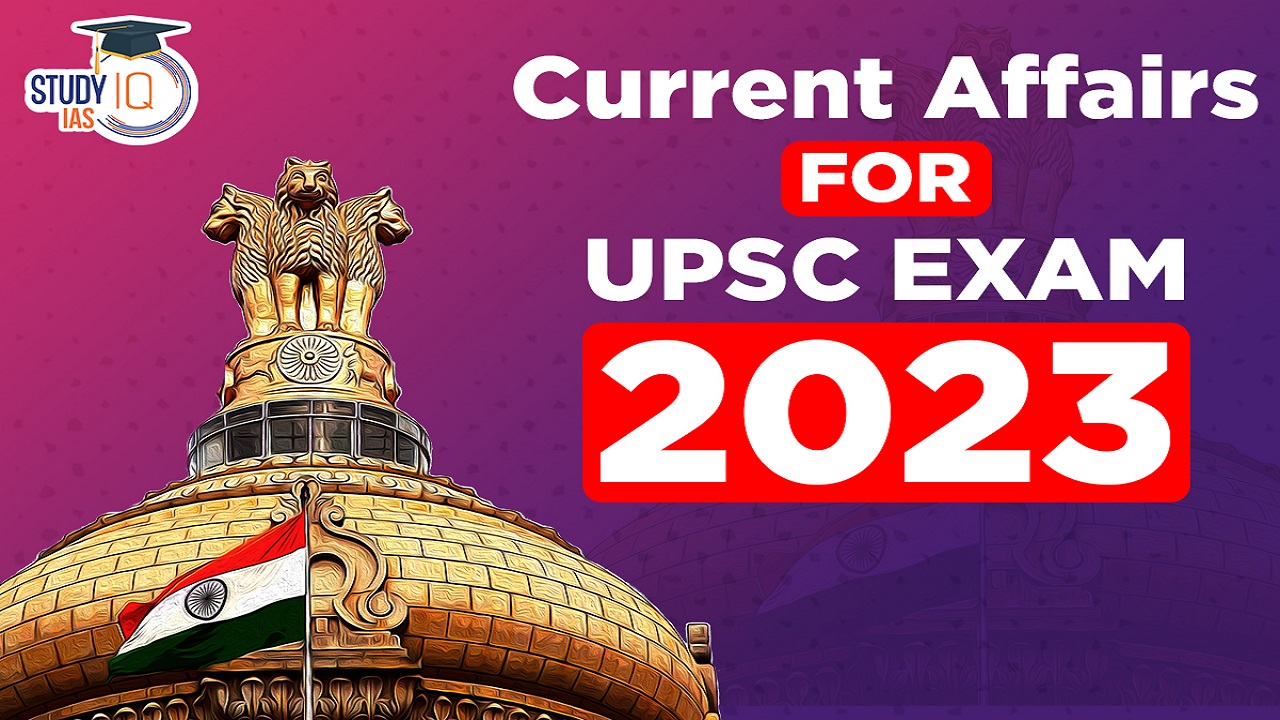
 Daily Quiz 14 April 2025
Daily Quiz 14 April 2025
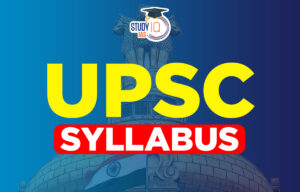 UPSC Syllabus 2025, Check UPSC CSE Sylla...
UPSC Syllabus 2025, Check UPSC CSE Sylla...
 EU Plans to Slash General Data Protectio...
EU Plans to Slash General Data Protectio...

